Freelance infographic design is a business in which you provide freelance graphic designing services, especially in the field of infographics. Infographics are used to present data and information in an attractive and easy to understand way. In this business, you design custom infographics for clients that help communicate their message effectively.
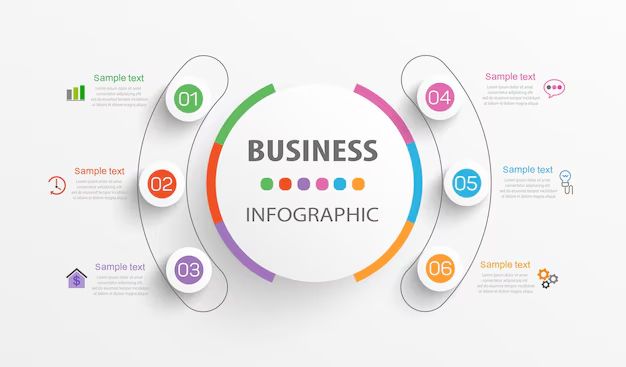
This business requires minimal investment to start as it mainly depends on your design skills and software. You can work from home and provide services to your clients through online platforms, which reduces your initial expenses. You will need a good computer, design software, and a strong online presence so that you can showcase your design portfolio and reach out to potential clients.
Table of Contents
1. Improve Infographic Design Skills Through Online Courses or Tutorials
To succeed in a freelance infographic design business, it is imperative that you have strong design skills. For this, you can take advantage of various online courses and tutorials. These courses teach you the basics of infographic design, such as design principles, color scheme, layout, and data visualization techniques. You can find high-quality courses on platforms such as Udemy, Coursera, and LinkedIn Learning that will help you create designs according to professional standards.
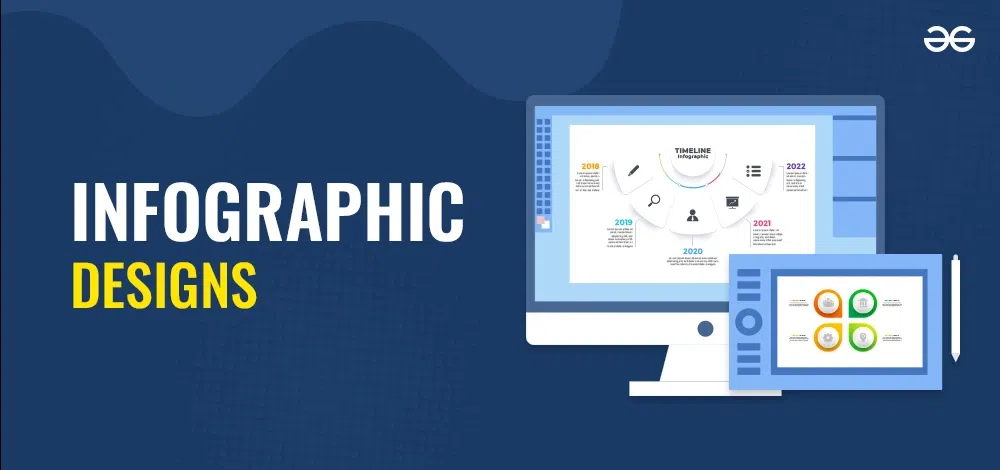
Additionally, there are free tutorials available on YouTube that can help you become proficient in using software such as Adobe Illustrator and Canva. Experimenting with these tools and practicing constantly can help you improve your Freelance infographic design skills even further, allowing you to meet clients’ needs more effectively.
2. Identifying Demand and Target Audience for Infographic Design Services
Market research is crucial to the success of your freelance infographic design business. First, you need to understand how much demand there is currently for infographic design services. For this, analyze infographic design-related job postings and client reviews on various online platforms such as Upwork, Fiverr, and LinkedIn. Also, identify the need for this service across businesses and industries, such as marketing, education, and the tech sector.

Next, identify your target audience. It is important to know what type of clients your services can be useful for. Small and medium businesses, startups, and digital marketing agencies often demand infographics. Also, understand their requirements and budget so that you can tailor your service offering accordingly. During this process, also analyze competitors and understand their services, pricing, and customer feedback so that you can better tailor your strategy.
3. Freelance Infographic Design Business Planning and Workspace Setup
Business Plan: Creating a solid business plan is crucial to the success of your freelance infographic design business. This plan should include detailed information on the services you will provide, such as what types of infographics (data infographics, enterprise reports, social media graphics, etc.) you will design. Also, create a proper pricing strategy for your services based on your costs and market rates. Also develop an effective marketing strategy, which includes your website, social media profiles, and online portfolio so that you can reach potential clients and establish your brand.
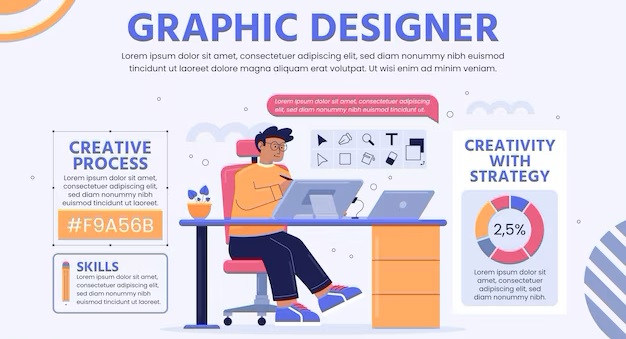
Workspace Setup: To set up a professional workspace, invest in a good computer and design software. This investment will help ensure the quality of your designs and will be helpful in making your work effective and efficient. Generally, high-quality computers and design software (such as Adobe Creative Suite) can cost from ₹30,000 to ₹50,000. This investment will set up your workspace, allowing you to easily design attractive and professional infographics for clients.
4. Build a Stunning Portfolio and Strong Online Presence for Your Business
Creating an impressive portfolio is crucial to succeeding in a freelance infographic design business. Your portfolio is a testament to your design abilities and styles, so it should include your best and most diverse infographic designs. To create it, work on different projects and choose the most attractive and effective designs. Present the portfolio in a professional manner, including details of the designs, the techniques used, and the results you achieved. A design portfolio should be available as a website or PDF file so that potential clients can easily evaluate the quality of your work and your abilities.

Create an Online Presence
Establishing an online presence is a crucial step to the success of your business. First, create a professional website that displays your portfolio, services, and contact information. The website should be user-friendly and attractive so that potential clients can easily view your work and contact you. Also, set up social media profiles such as LinkedIn, Instagram, and Facebook, where you can promote your designs and keep in touch with followers. Regularly post quality content and design updates, and take advantage of networking opportunities so you can reach more customers and grow your business.
5. Freelance infographic design: Pricing Strategy and Client Acquisition
Pricing Strategy: To set competitive pricing for your freelance infographic design business, first you need to do market research. Compare the pricing of different designers and agencies so that you can understand at what price the services you offer are available in the market. Set the price for your services based on your skills, experience, and complexity of the design. You can offer your services at low prices initially to attract clients, and as your experience and client base grows, you can increase your prices. It is important that you keep your pricing flexible and adjust it according to the needs and budget of potential clients.
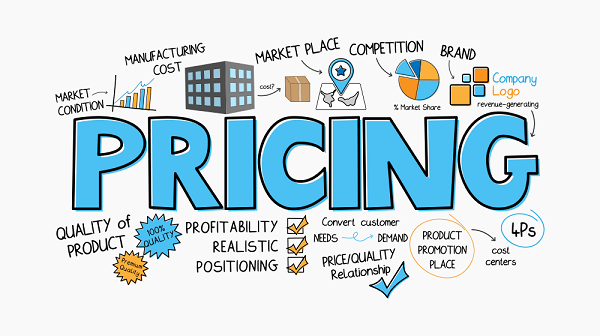
Client Acquisition: To attract clients, you can use online platforms like Upwork and Fiverr, where you can list your services and contact potential clients. Present your profile in a professional manner on these platforms and showcase your design portfolio. Additionally, networking plays an important role—join industry-related events, webinars, and social media groups where you can connect with potential clients and other professionals. Leverage your network to get word-of-mouth references and recommendations, which can boost the credibility of your services and create new opportunities for your business.
6. Build strong customer relationships with high standard designs
Delivering quality work plays a vital role in the success of your freelance infographic design business. This means that you provide your clients with designs of the highest standard and complete projects on time. First, make sure that your designs have the right information, clarity, and attractive visuals that meet the client’s expectations. For this, you need to understand the project requirement and design accordingly.
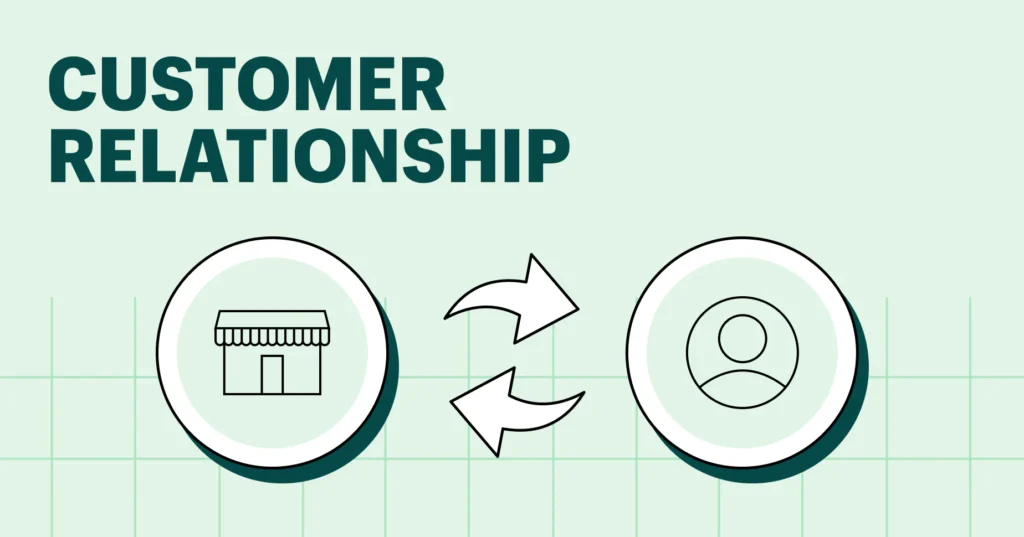
Also, adhering to project deadlines is of utmost importance. Clients expect to receive work on time, and any delay can affect their satisfaction. Completing work on time and without any defects builds strong trust and confidence with your client, which proves to be beneficial for your business in the long term. Also, provide excellent customer service, such as responding to feedback and making revisions as needed, so that the client has a positive experience and they are more likely to work with you in the future.
7. Investing in setting up for a successful freelance infographic design business
To successfully start a freelance infographic design business, a robust workplace is required that includes a good computer and design software. A powerful computer helps your designing process run smoothly, especially when you are working on large and complex infographics. For this, you need a good processor, adequate RAM (at least 8GB) and a high resolution display. The cost of the computer can range from around ₹25,000 to ₹40,000, while the license fees of design software like Adobe Illustrator or CorelDRAW can range between ₹5,000 to ₹10,000.

Apart from these two tools, a comfortable and well-arranged workspace is also important. An ergonomic chair and desk, as well as good lighting, can enhance your efficiency and help you work longer. Overall, your initial investment amount can range between ₹30,000 to ₹50,000, which will provide a strong foundation for the quality and success of your business.
8. Monthly Profit Explained in-Depth
The monthly profit potential in a freelance infographic design business depends on several factors. If you provide quality design services to your clients and receive projects regularly, your monthly income can range from ₹20,000 to ₹50,000. This profit depends on the prices of your design services and the volume of projects.

For example, if you charge ₹2,000 to ₹5,000 per infographic and complete 10 to 15 projects a month, your monthly profit can range from ₹20,000 to ₹75,000. But, this profit can change depending on the complexity of the project and the client’s needs. The number of regular and satisfied clients, your marketing strategies, and the quality of your services all impact your monthly profit.
Conclusion:
Freelance infographic design is a business in which you design custom infographics for clients, which help present data and information in an attractive and easy to understand way. This business requires minimal investment to start as it mainly relies on your design abilities and software. You can work from home and provide services to your clients through online platforms, thereby minimizing the initial expenses. This business will require a good computer, design software, and a strong online presence so that you can showcase your design portfolio and reach out to potential clients.
If u want to Watch the Video You can visit to our You tube Businovations Channel and watch the video……
Click the link to read the Recent Posts….
Starting a Custom Towel Embroidery Business: Strategies and Tips (298)

